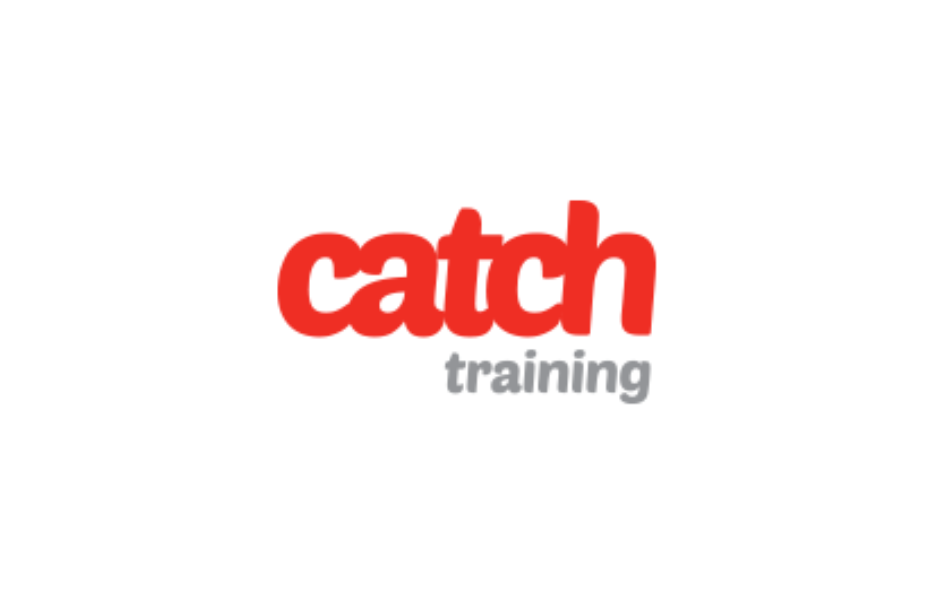First aid group training courses are designed to equip individuals with the knowledge and skills necessary to provide immediate care in emergencies. These courses are invaluable, not just for healthcare professionals but for anyone who might find themselves in a situation where they need to respond to an accident, injury, or illness.
Here’s an overview:
What Is Included in a First Aid Training Course?
- Basic Life Support (BLS) and Cardiopulmonary Resuscitation (CPR):
One of the fundamental components of first aid training is learning how to perform CPR and BLS. This involves techniques to revive individuals who are not breathing or whose heart has stopped. Participants learn chest compressions, rescue breaths, and how to use an automated external defibrillator (AED).
- Wound Care:
Managing wounds is a critical part of first aid. Courses cover how to clean and dress wounds, prevent infection, and handle severe bleeding. This includes learning about different types of wounds, such as cuts, abrasions, punctures, and burns, and how to treat them appropriately.
- Handling Fractures and Sprains:
Injuries to bones and joints are common, and first aid courses teach how to immobilise fractures and sprains to prevent further damage. This includes using splints and bandages and understanding the signs and symptoms of different types of fractures.
- Dealing with Shock:
Shock is a life-threatening condition that can occur after severe injury or illness. First aid training includes recognising the signs of shock and providing appropriate care, such as keeping the person warm and lying flat, and ensuring they receive medical attention as quickly as possible.
- Managing Choking:
Participants learn techniques to assist someone who is choking, including the Heimlich manoeuvre for adults and back blows and chest thrusts for infants and children.
- Treating Burns and Scalds:
First aid courses guide how to assess and treat burns and scalds, from minor to severe cases. This includes cooling the burn, covering it with a sterile dressing, and understanding when to seek medical help.
- Recognising and Responding to Medical Emergencies:
This includes a variety of situations such as heart attacks, strokes, seizures, diabetic emergencies, and allergic reactions. Training covers the signs and symptoms of these conditions and the appropriate first aid responses.
- Environmental Injuries:
Courses often cover first aid for injuries caused by environmental factors, such as heat exhaustion, heat stroke, hypothermia, and dehydration. Participants learn how to prevent these conditions and provide care if they occur.
Why You Should Avail a First Aid Training Course
- Preparedness for Emergencies:
Having first aid training ensures that you are prepared to handle emergencies. Whether it’s at home, work, or in public, being able to provide immediate assistance can make a significant difference in the outcome for the person in need.
- Increasing Survival Rates:
Timely and appropriate first aid can save lives. For example, performing CPR within the first few minutes of cardiac arrest can double or triple the chances of survival. The skills learned in a first aid course empower individuals to act quickly and effectively in critical situations.
- Reducing Recovery Time:
Proper first aid can reduce the severity of injuries and illnesses, which in turn can lead to faster recovery times. Immediate care can prevent complications and promote better healing.
- Enhancing Safety Awareness:
First aid training enhances your awareness of safety in your surroundings. This can help you identify potential hazards and take proactive measures to prevent accidents and injuries.
- Boosting Confidence:
Knowing how to handle emergencies boosts your confidence. You will feel more secure and capable in various situations, from minor cuts and bruises to more serious incidents.
- Workplace Requirements:
Many workplaces require employees to have first aid training, especially in industries where injuries are more common. Having this certification can make you a more valuable employee and may even be a job requirement.
- Community Contribution:
First aid training allows you to contribute positively to your community. In emergencies, trained individuals can offer crucial support until professional help arrives, making communities safer and more resilient.
Summing up, first aid group training is an essential skill set that can save lives, reduce injury severity, and promote a safer environment. By availing yourself of a first aid course, you not only gain invaluable knowledge but also the confidence to act decisively in emergencies.




